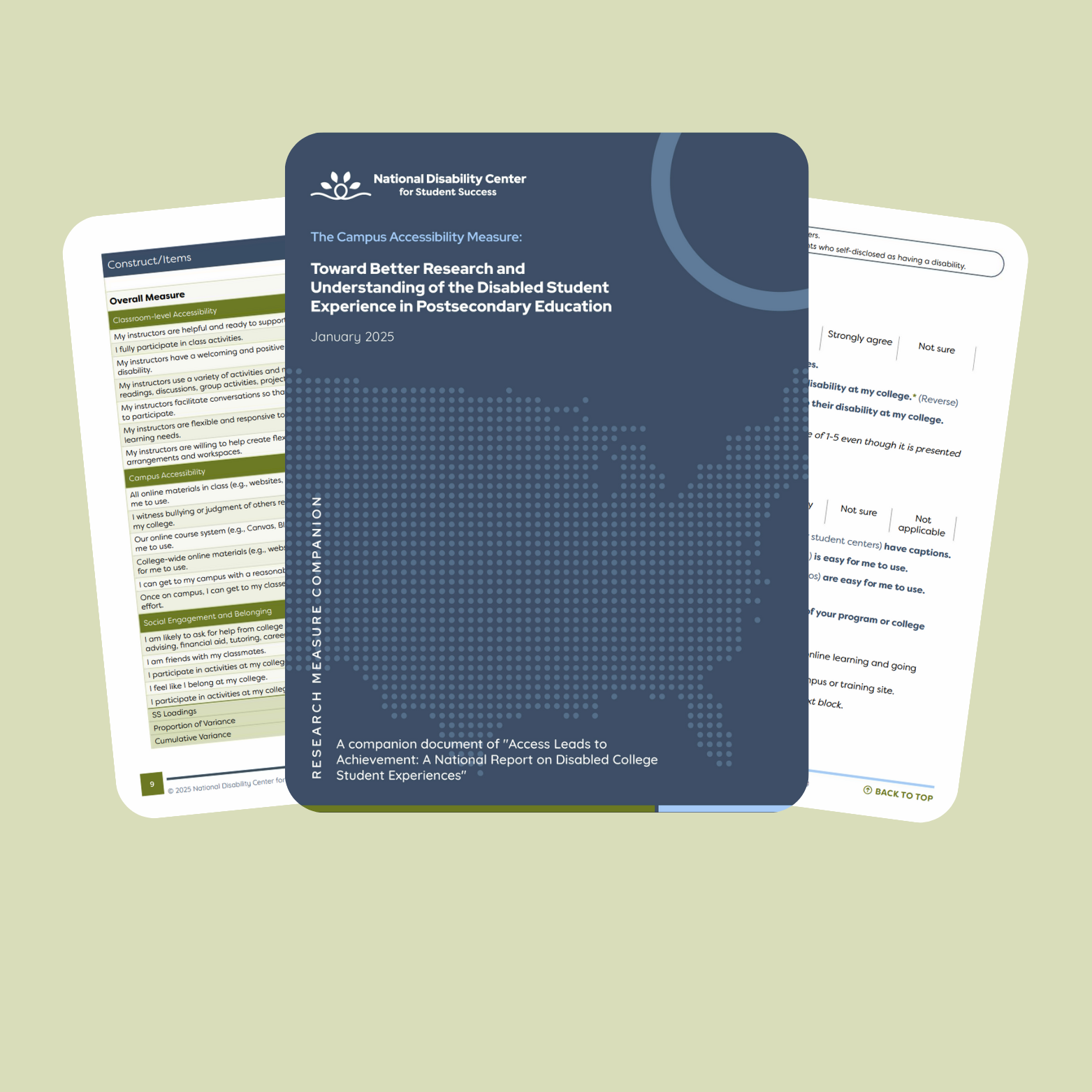Reviewing suspicious responses requires careful judgment. In this project, the team worked together to evaluate entries and decide which to keep. The collaborative approach reduced bias, created consistency, and ensured transparency. The team removed responses only when they had clear evidence of fraud.
AI-generated answers, bot activity, and human interference can quietly distort research outcomes. This whitepaper from the National Disability Center examines how fraudulent participation affected the launch of the National Report on Disabled College Student Experiences. It offers a transparent, step-by-step breakdown of the Center’s multi-layered response strategy and practical guidance for researchers working in digital spaces.







